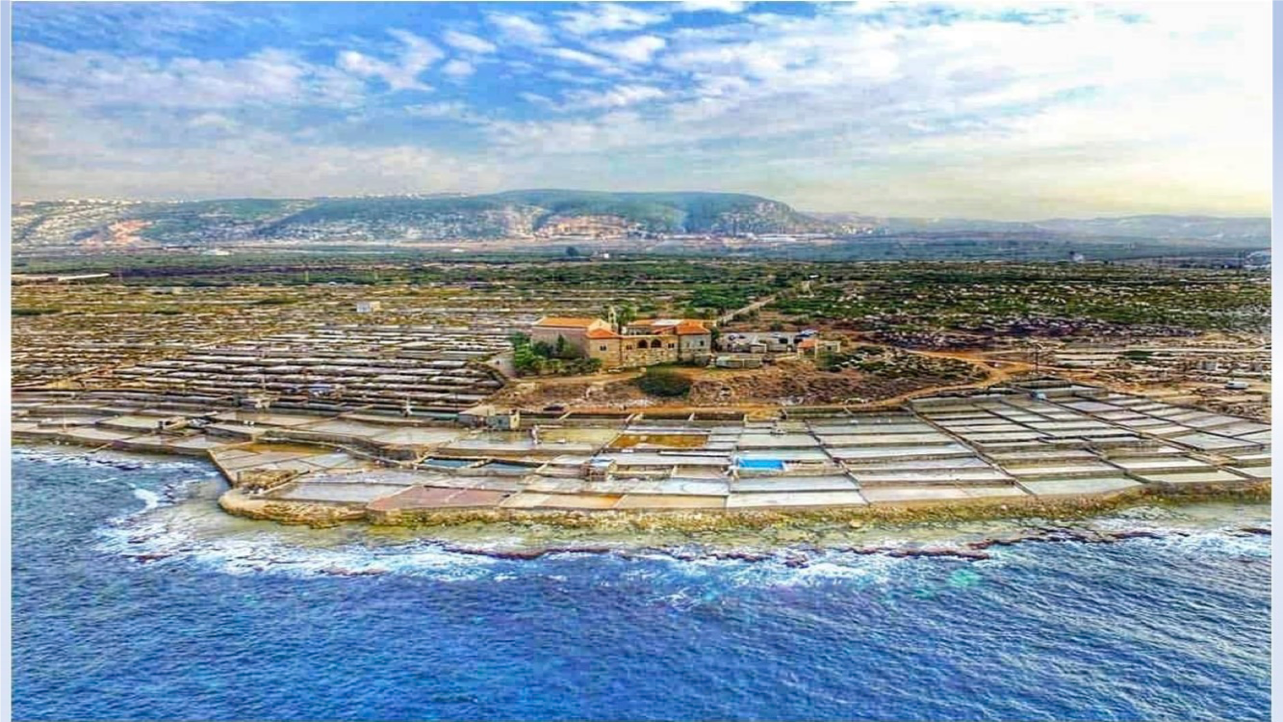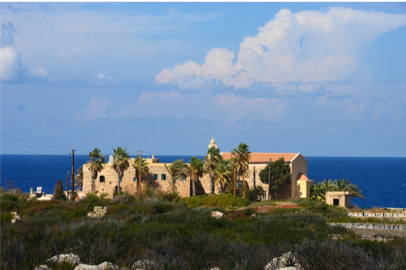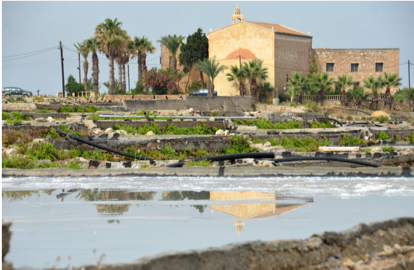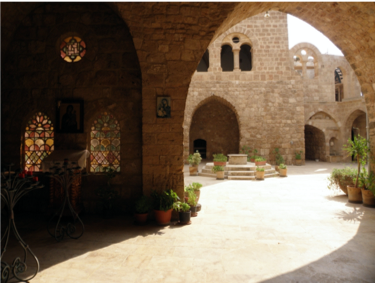Region: Anfeh
Deir al-Natour Monastery
Deir al-Natour Monastery, which literally means “the Monastery of the Watchman”, is built by the Crusaders on Byzantine ruins, before being enlarged and renovated in the Ottoman era.

Deir al-Natour Monastery is part of Ras-Al Natour Promotory, part of series of 3 sites listed on the UNESCO World Heritage Tentative list. Deir al-Natour promontory is an area of 1,000,000m² of the largest salt marshes, which are producing a high quality of “fleur de sel”. An ethnographic campaign conducted around the traditional practices of salt production has identified 11 salt producers who are still active today. Nevertheless, all of the inhabitants reported hoping to jumpstart their salt production, if a market was secured. The remaining abandoned salt marches present a desolate scene, but luckily, they have preserved the archaeological layers underneath and they have turned into a safe haven for migrating birds. All these saltmarshes, which constitute the largest concentration of salt pads in the country and possibly in the Middle-East, cluster around the historical monastery of Deir al-Natour.
Deir al-Natour Monastery, which literally means “the Monastery of the Watchman”, is built by the Crusaders on Byzantine ruins, before being enlarged and renovated in the Ottoman era. It is surrounded by a unique natural landscape composed of limestone terraces and eroded boulders colonized by vivid halophyte plants, bushes, weeds and mosses, including fields of myrtle (Myrtus Ugni), a nearly extinct plant on the Lebanese coast. The monastery is a major pilgrimage site that confers to the site a strong spiritual dimension, which is in turn dependent on the pristine, natural and productive environment that fosters it.
Thus, the cohabitation of the historical building and the cultural landscape/seascape and coastscape form a unique and remarkable environment which needs to be classified along with the intangible ancestral know-how of salt harvest. This collusion of natural, cultural, religious and intangible heritage was recognized by several official urban planning documents and ministerial assessments which all identify the Ras el-Natour Peninsula as a place to preserve and a potential natural reserve, including: the Masterplan for the Development of Lebanese Territory, the Masterplan of North Lebanon’s Coastline and the Lebanon Marine Protected Area Strategy Report.
(source: https://whc.unesco.org/en/tentativelists/6438/)


